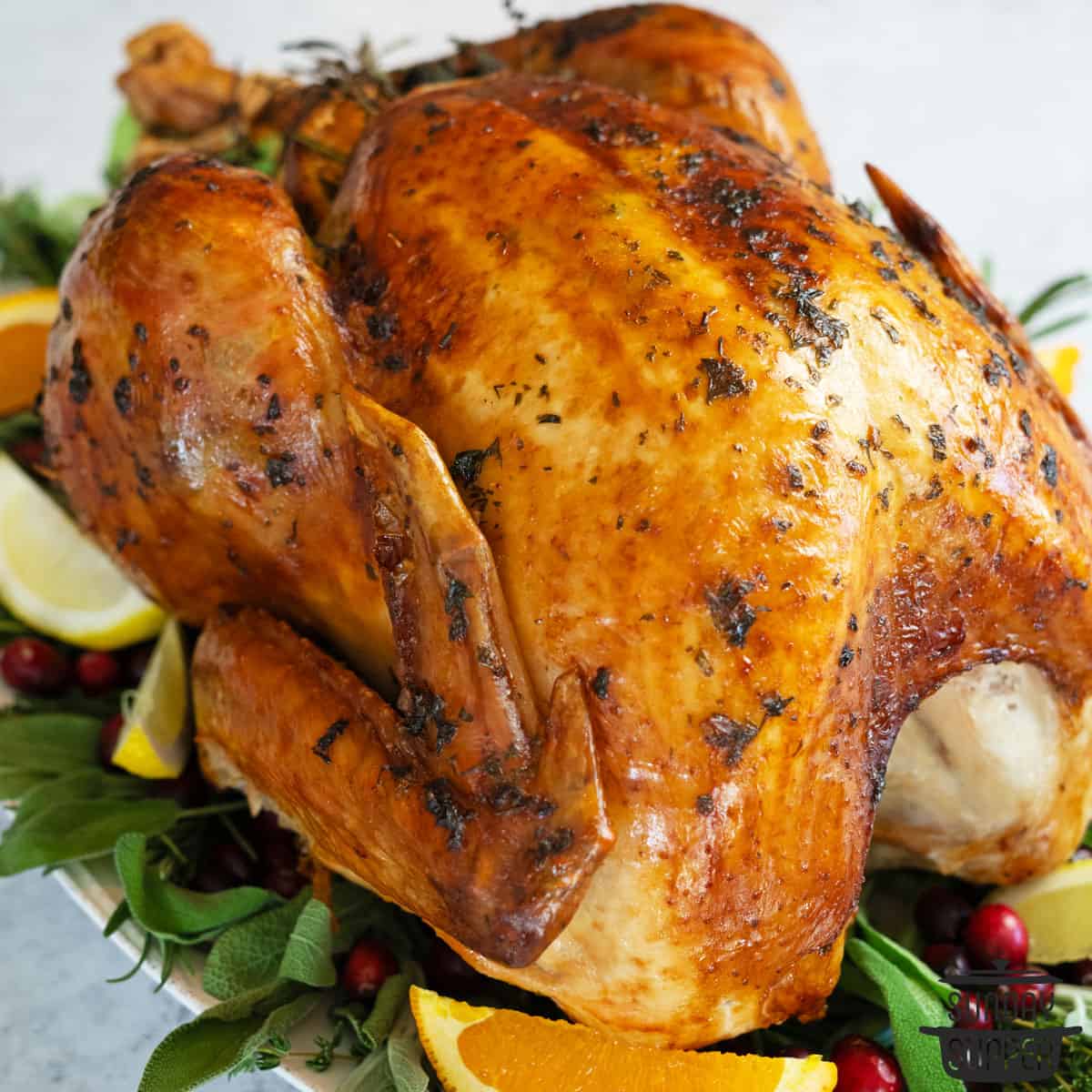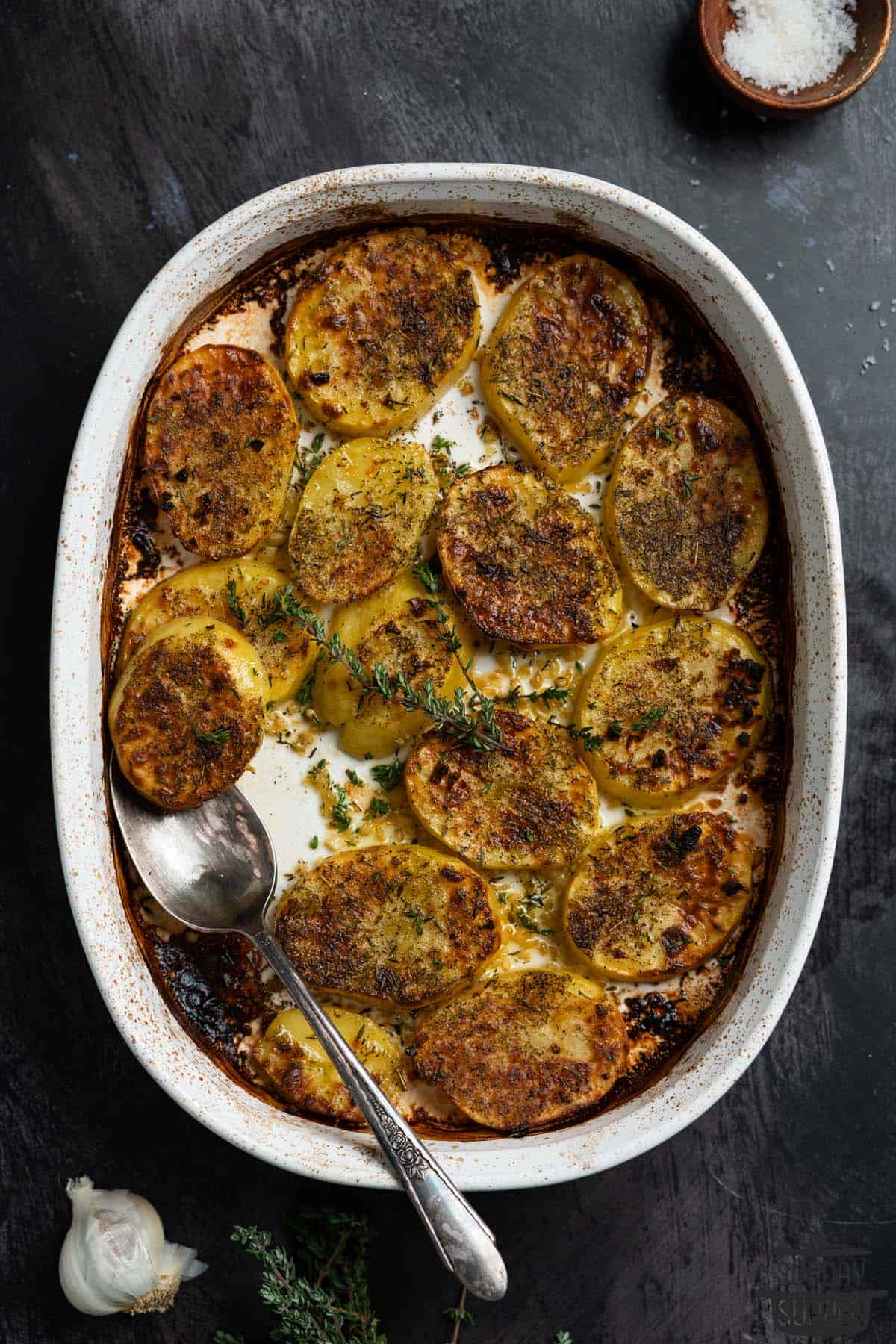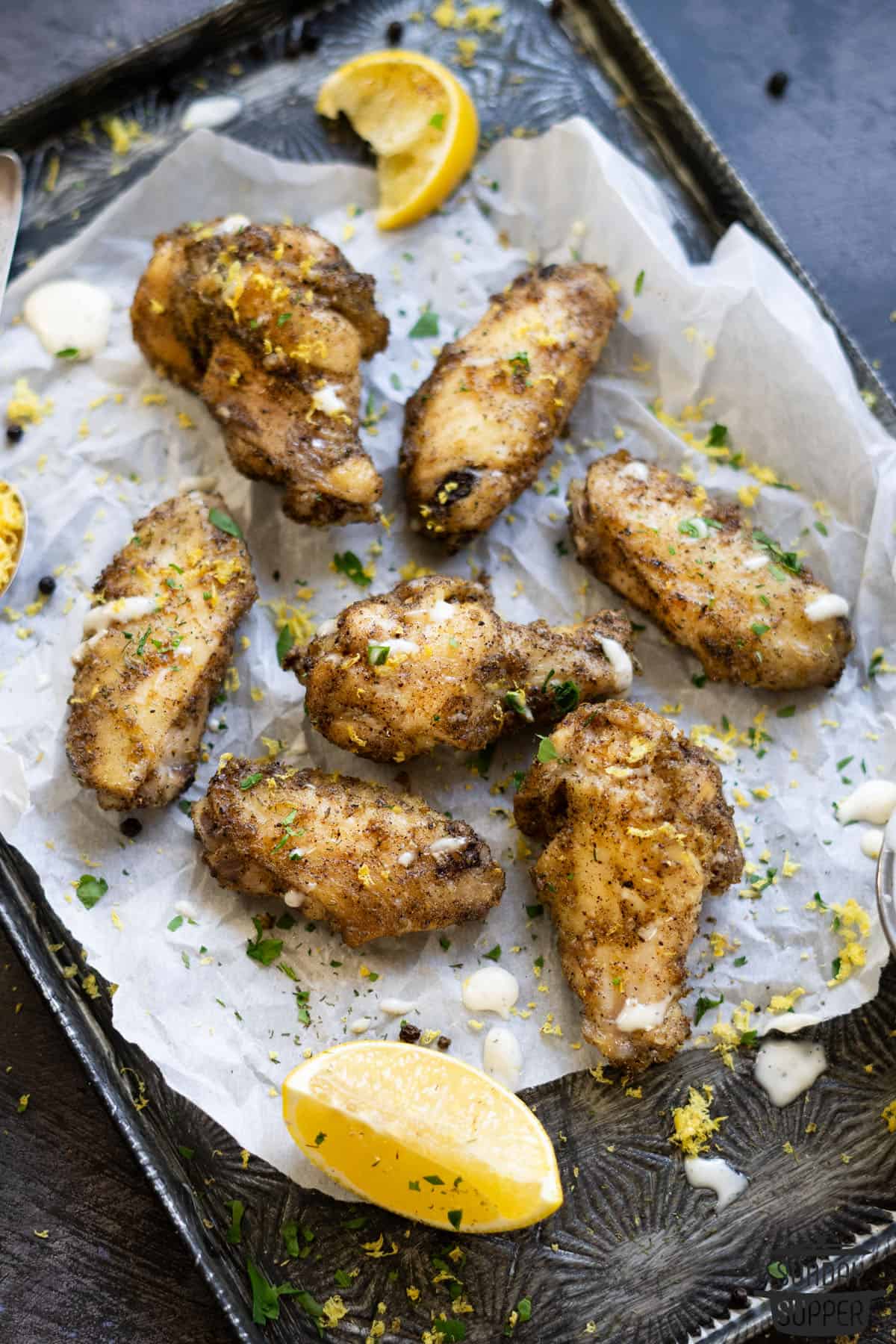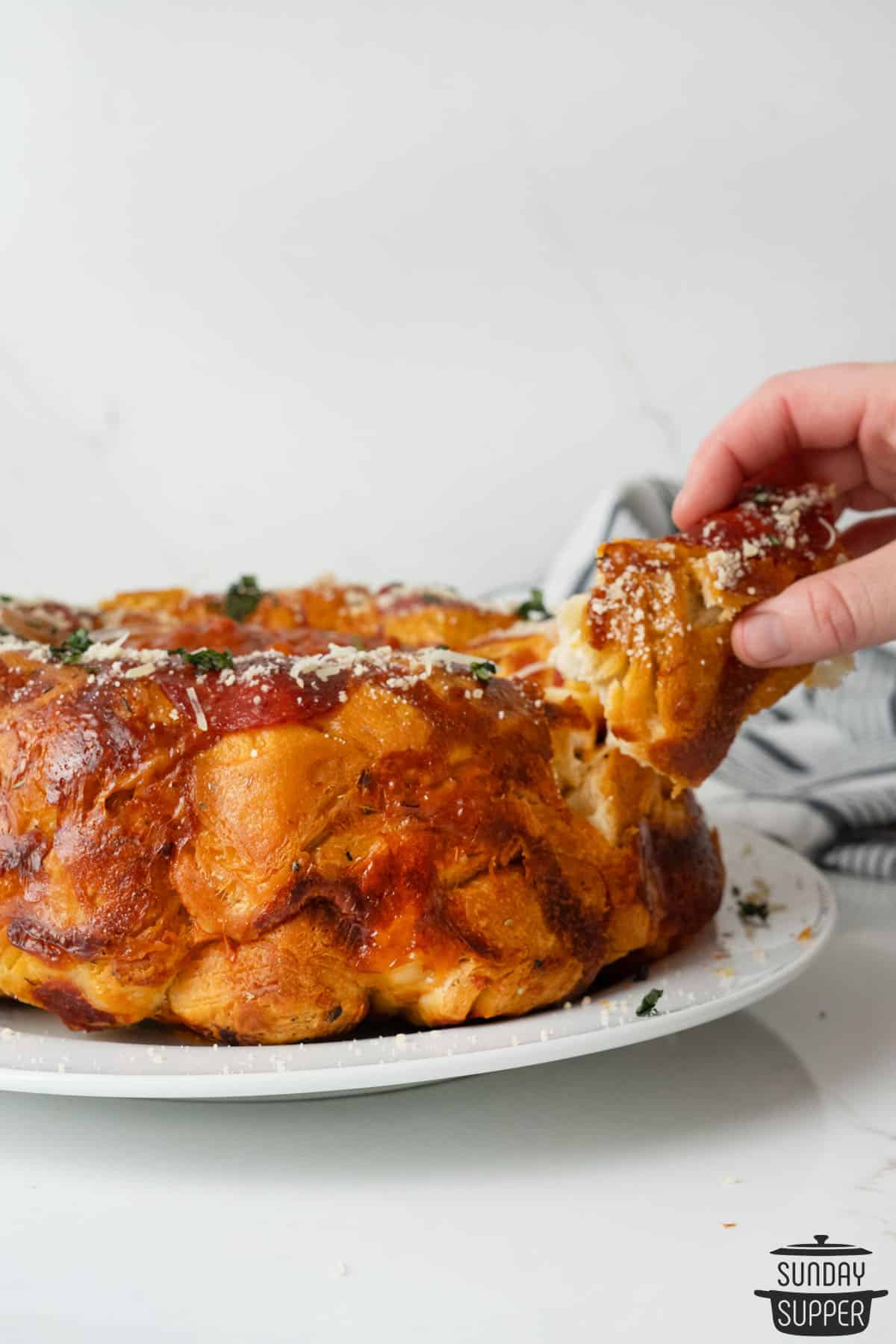This post may contain paid links. If you make a purchase through links on our site, we may earn a commission.
Convection ovens are incredible appliances, but they’re not simple ones! Learn how to cook with a convection oven like a pro with my guide on How to Use a Convection Oven, stuffed with tips, tricks, and recipes that will ensure every dish comes out absolutely perfect.

Jump to:
What Is a Convection Oven?
True convection ovens are major appliances similar to traditional ovens, but are equipped with three heating elements and a powerful fan that circulates the hot air from the heating elements around the inside of the oven. The third heating element and enhanced air circulation results in evenly cooked and well-browned meals that cook more quickly than they would in a traditional oven.
Convection Cooking
If you’ve ever worked with experienced cooks, or are one yourself, you’ll know how coveted convection ovens are! This is because they cook so reliably. Convection ovens are ideal for cooking multiple pans of food, pastries, and roasts, with very even browning and a perfect crust.
You might be thinking that these ovens sound a lot like air fryers, and there’s a lot of debate about convection ovens vs air fryers. That’s because air fryers are essentially just counter-top sized convection ovens! That means that there’s great crossover between air fryer and convection oven recipes.
The downside of cooking with a convection oven is that they are not like your average oven! This means they can require different temperatures and cooking time to produce the desired result. While some convection ovens come with a built in “Convection Setting” that lets you turn on or off the fan, not all do, and each oven is different. Let’s go over the pros and cons of convection cooking!

Convection vs Conventional Oven
Convection Oven Advantages
- Produce even, beautiful browning on roasts and baked goods
- Cooks quickly and evenly, preventing hot and cool spots
- Faster cook times make convection ovens more energy efficient
- Cooks multiple dishes at once more evenly and reliably than a traditional oven; this makes them ideal for several trays of cookies or roasted vegetables at a time.
- Preserves the moisture in meat that dries out easily like pork and chicken.
Convection Oven Disadvantages
- Air flow can push around thin batters, causing sloped tops in quick breads like muffins and cakes.
- Unfit for souffles and other very delicate egg dishes as the top can be blown off entirely
- Each convection oven is different; you will need to check the instructions for your own to ensure proper use.
- Faster cooking time means adjusting oven recipes to fit your oven.
How to Cook with a Convection Oven
There are two reliable ways to adjust oven recipes to fit a convection oven. Use only one, and make sure to check your oven’s instructions; some convection ovens automatically adjust the heat, in which case you may not need to adjust recipes at all and can skip this step.
- Shorten the cook time: You can convert recipes for your convection oven by shortening the baking time to ¾ths of the original time. For example, a 1 hour bake time should be lowered to 45 minutes.
- Reduce the temperature: Another way to convert recipes is to lower the baking temperature by about 25°F, then cook for the full time.

Convection Baking Tips
- Always move the oven racks well before starting to preheat the appliance! Racks get very hot very fast in convection ovens.
- If using parchment paper, make sure it’s well weighed down on each corner. Parchment that hasn’t been weighed down can be pushed around by the fan. When using aluminum foil, be sure to fold the foil over the edges of the pan.
- If you know how to air fry, you know how to bake in a convection oven! You can reliably use any air fryer recipe as a convection oven recipe.
- Always place trays in the center of the oven; this will help ensure the most even browning.
Convection Oven Cooking FAQ
Convection ovens work by circulating hot air throughout the oven cavity using a powerful fan. This not only keeps the entire oven at an even temperature, but blows cold air away from heating food, making for crispier crusts and faster cook times.
Not necessarily! Convection ovens are different and have a lot of advantages, but aren’t necessarily better for every recipe. For example, it’s nearly impossible to cook delicate dishes like souffle in a convection oven unless the fan can be turned off. Knowing what oven to get means knowing the convection oven disadvantages, too.
Convection Oven Recipes
Try out these recipes for your convection oven! I’ve already included the conversions for you!
- Pizza Monkey Bread: A family favorite! For a convection oven, lower the oven temp to 325 or reduce the cook time to 30 minutes.
- Scalloped Potatoes: The crust is better than ever in a convection oven! To convert this recipe, lower the temp to 325 or bake for 45 minutes, then 7 minutes uncovered.
- Air Fryer Pork Ribs: Because these are an air fryer recipe, you can follow the directions exactly, but in the oven!
- Baked Pork Chops: Pork is extra juicy with a convection oven. Bake this recipe at 425, or lower the time to about 15 minutes.

How-to Guides
Pin it for later!
Did you enjoy this page? Save it on Pinterest for later!If you enjoyed the recipe, leave a comment and a rating below!


Comments
No Comments